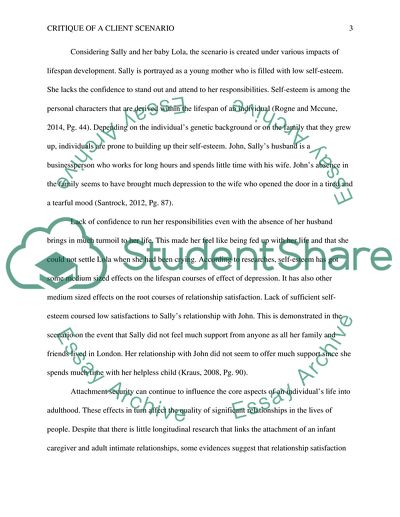Cite this document
(Critique of a Client Scenario Term Paper Example | Topics and Well Written Essays - 2750 words, n.d.)
Critique of a Client Scenario Term Paper Example | Topics and Well Written Essays - 2750 words. Retrieved from https://studentshare.org/psychology/1823378-subject-health-visiting-title-critique-of-a-client-scenario
Critique of a Client Scenario Term Paper Example | Topics and Well Written Essays - 2750 words. Retrieved from https://studentshare.org/psychology/1823378-subject-health-visiting-title-critique-of-a-client-scenario
(Critique of a Client Scenario Term Paper Example | Topics and Well Written Essays - 2750 Words)
Critique of a Client Scenario Term Paper Example | Topics and Well Written Essays - 2750 Words. https://studentshare.org/psychology/1823378-subject-health-visiting-title-critique-of-a-client-scenario.
Critique of a Client Scenario Term Paper Example | Topics and Well Written Essays - 2750 Words. https://studentshare.org/psychology/1823378-subject-health-visiting-title-critique-of-a-client-scenario.
“Critique of a Client Scenario Term Paper Example | Topics and Well Written Essays - 2750 Words”, n.d. https://studentshare.org/psychology/1823378-subject-health-visiting-title-critique-of-a-client-scenario.


